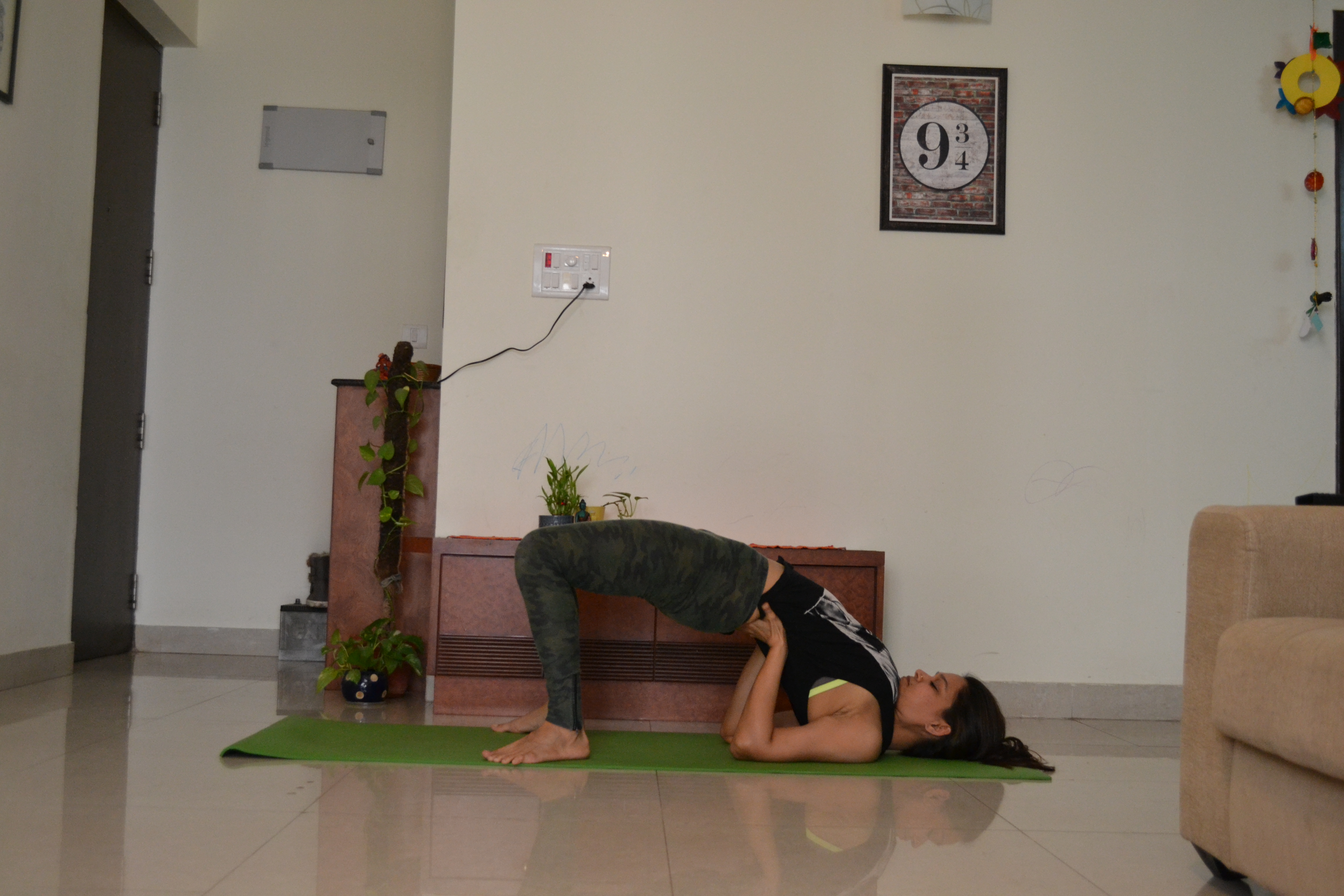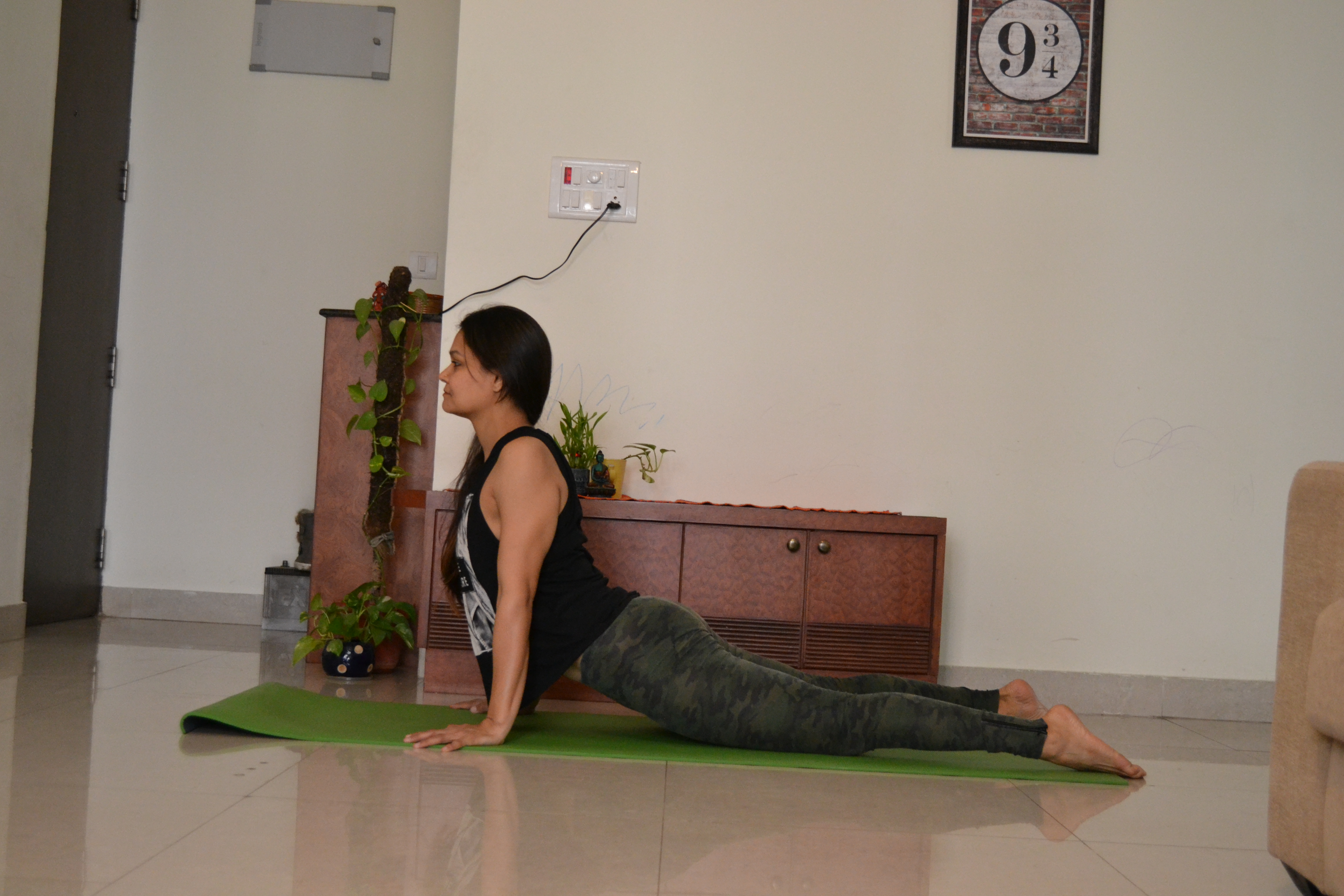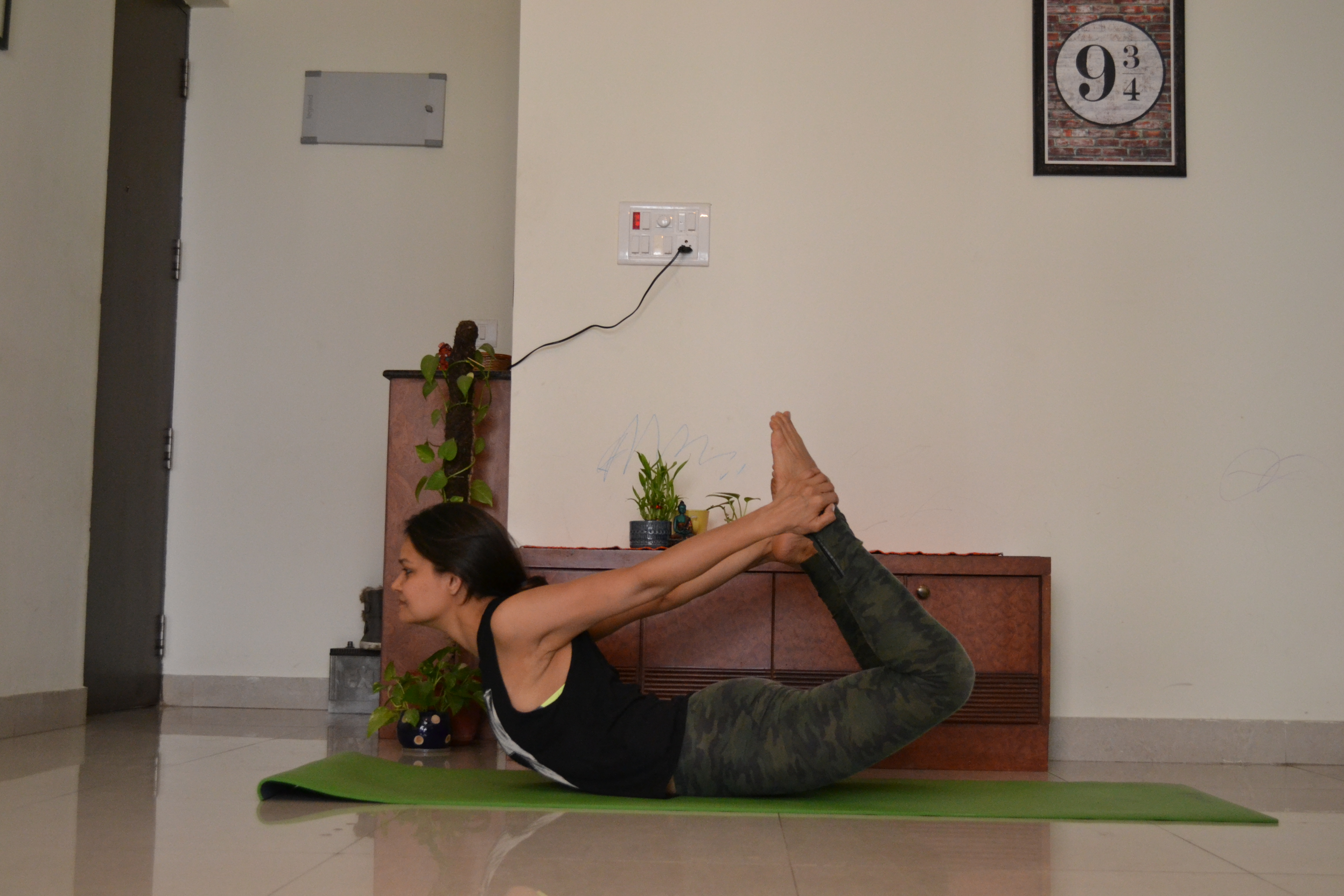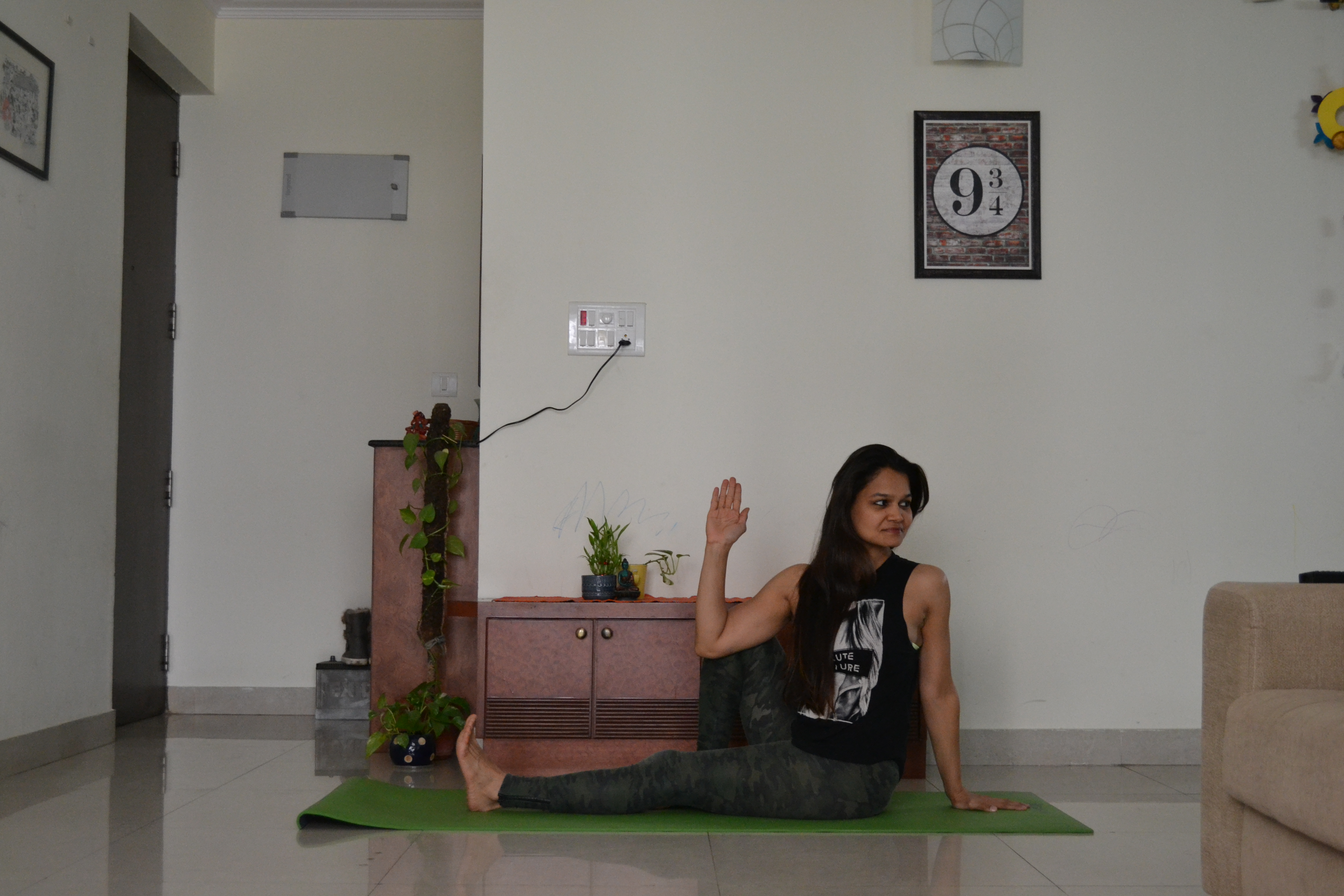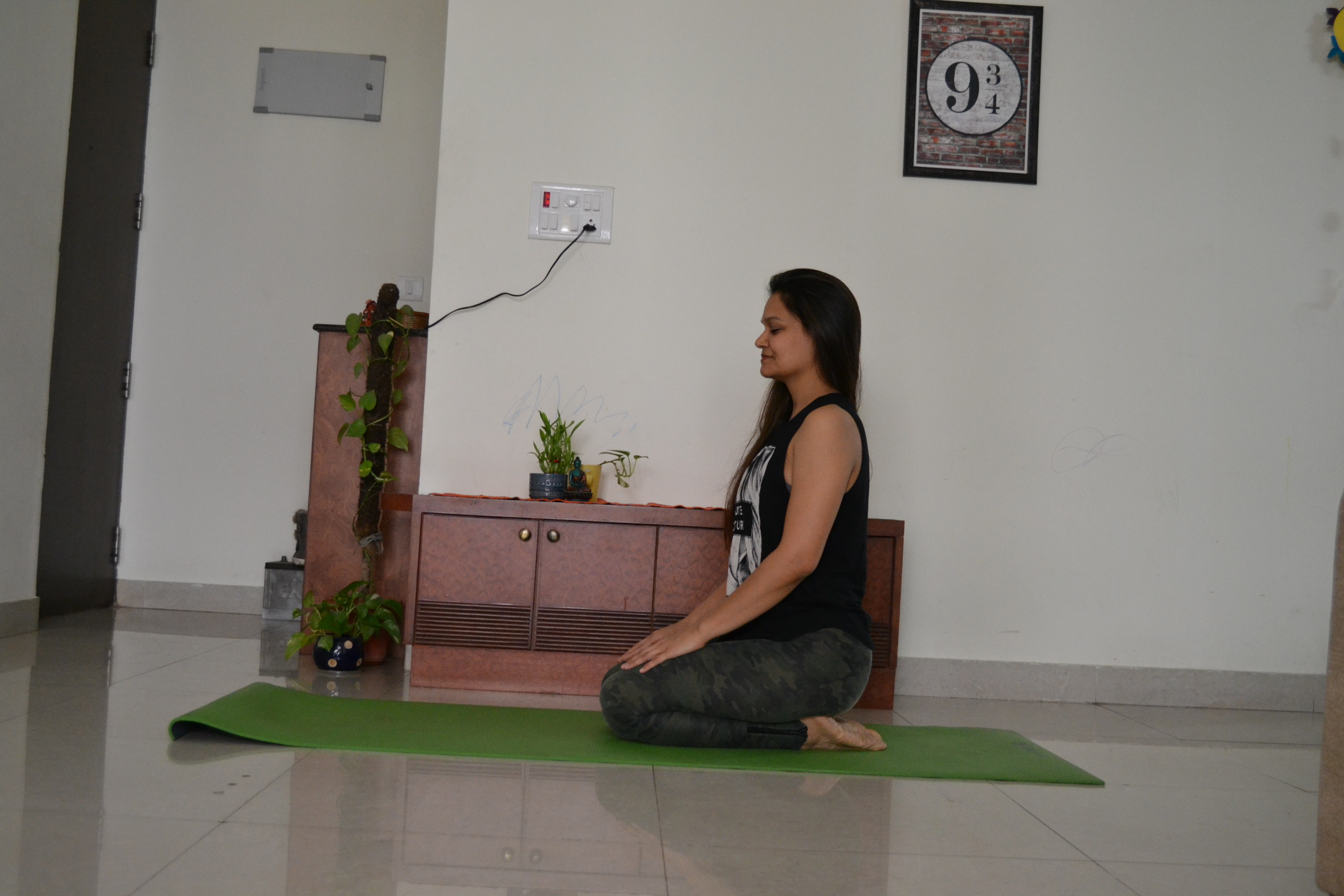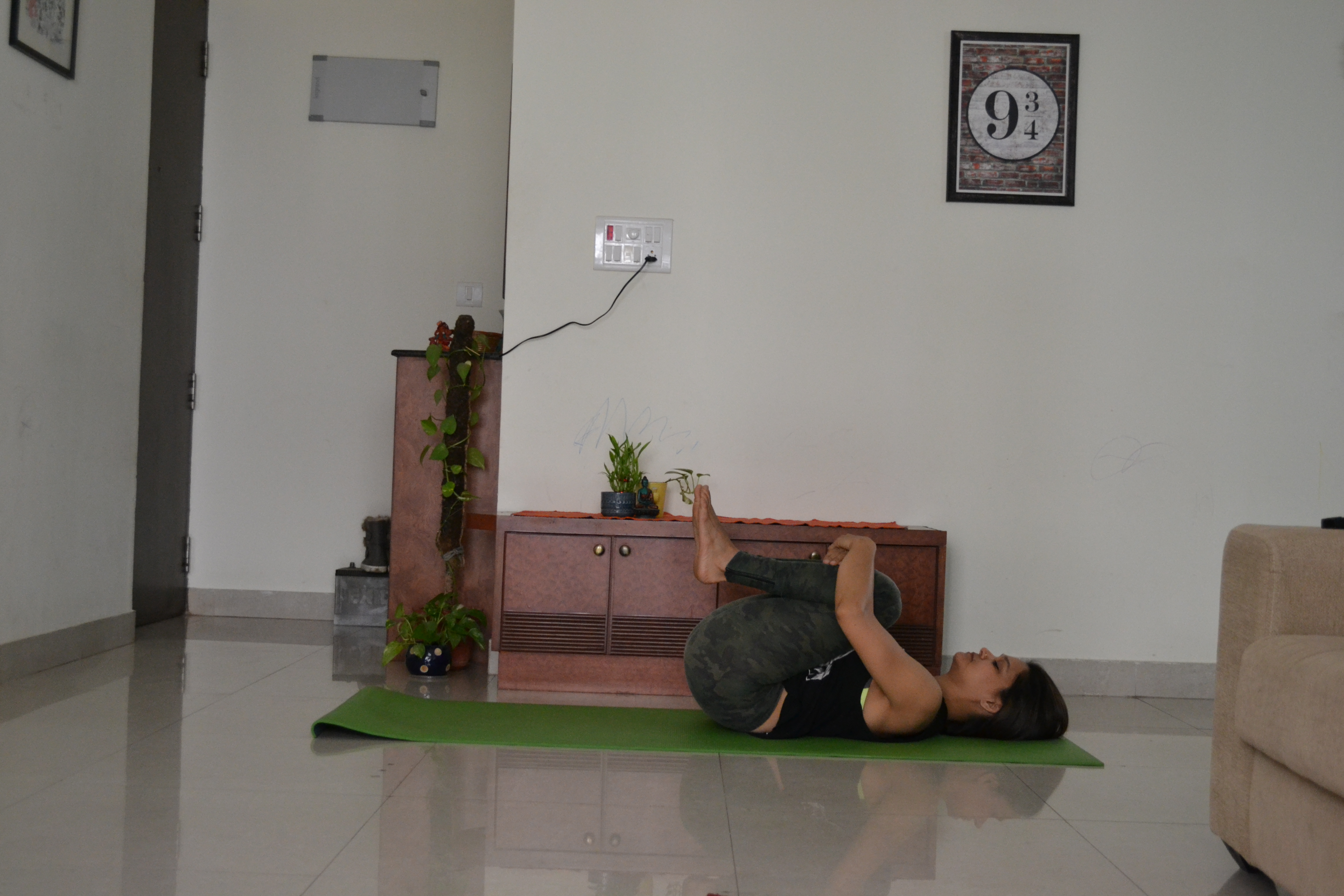A valuable addition to my schedule this year are the Pranayama classes. To the masses Pranayama consists of vigorous breathing patterns to be done for 10 minutes daily and designed to keep your skin glowing, hair shiny and body young. Unlike the heavy panting/wheezing breathing we see recommended on many a popular TV show, here Pranayama is all about subtlety.

I had my third pranayama class last night and so far all the classes have followed a fixed pattern. We’ve spent most of the class in the Supta Swastikasana/Savasana and almost played with the breath. While we try to gently ‘tame’ and understand the breath, Devki reiterates why it is important to build a solid foundation for pranayama practice.
Yesterday she used the example of a clay pot. If the pot isn’t properly baked, then any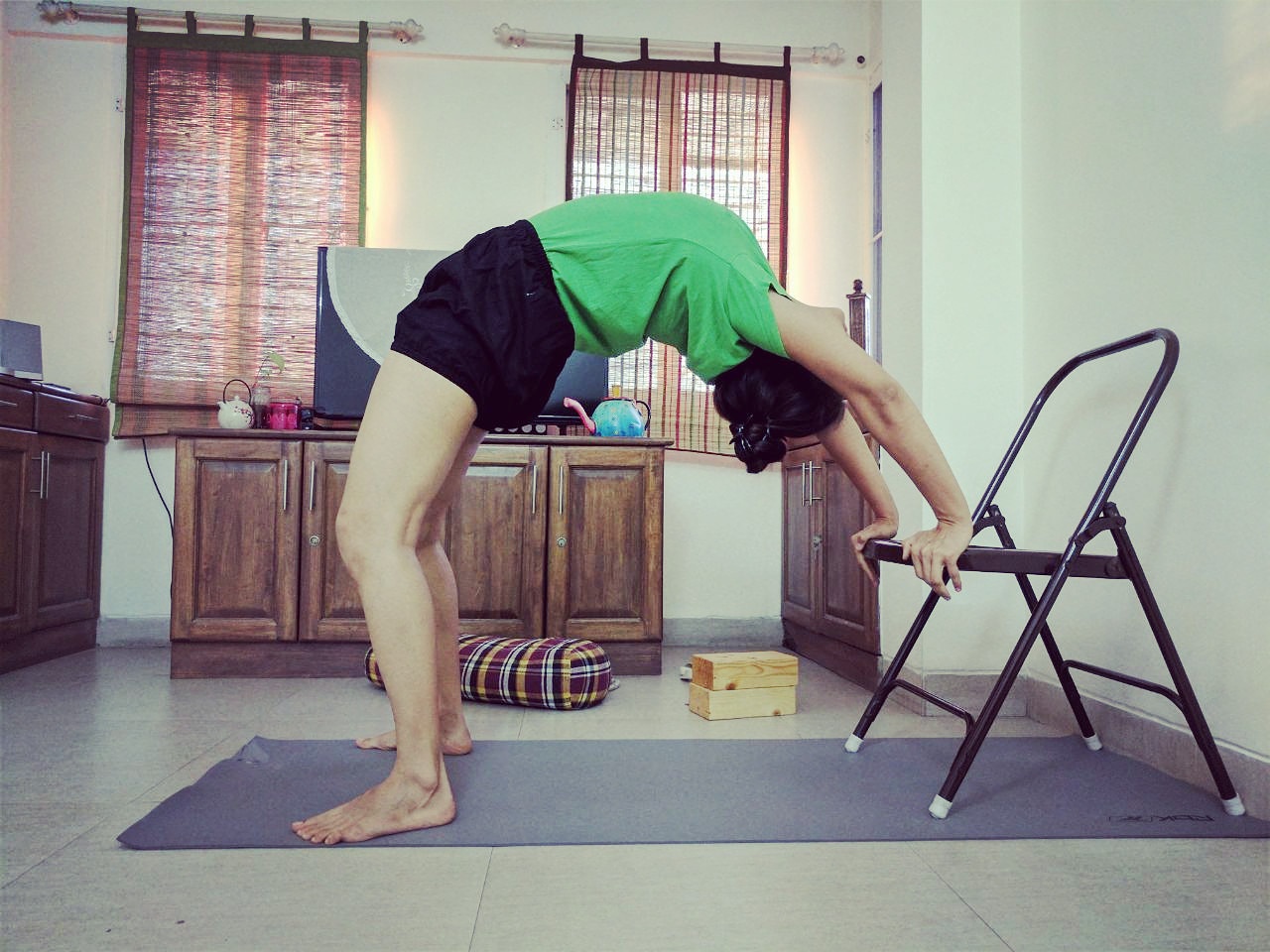 amount of water you put into it won’t stay in it. Similarly our bodies have to be ready for Pranayama for it to be effective and not harm us. Devki said that many times students ask her why we aren’t doing seated pranayama. The reason is that most of us aren’t able to maintain a straight spine throughout the practice. With a crooked spine the breath is constricted and the organs of breath are uncomfortable. (BKS Iyengar has said: Crooked body crooked mind.) The organs of breath need to be disciplined before we can start to control the breath. For this reason we spend almost 90% of the class in a supine position using bolsters and blankets.
amount of water you put into it won’t stay in it. Similarly our bodies have to be ready for Pranayama for it to be effective and not harm us. Devki said that many times students ask her why we aren’t doing seated pranayama. The reason is that most of us aren’t able to maintain a straight spine throughout the practice. With a crooked spine the breath is constricted and the organs of breath are uncomfortable. (BKS Iyengar has said: Crooked body crooked mind.) The organs of breath need to be disciplined before we can start to control the breath. For this reason we spend almost 90% of the class in a supine position using bolsters and blankets.
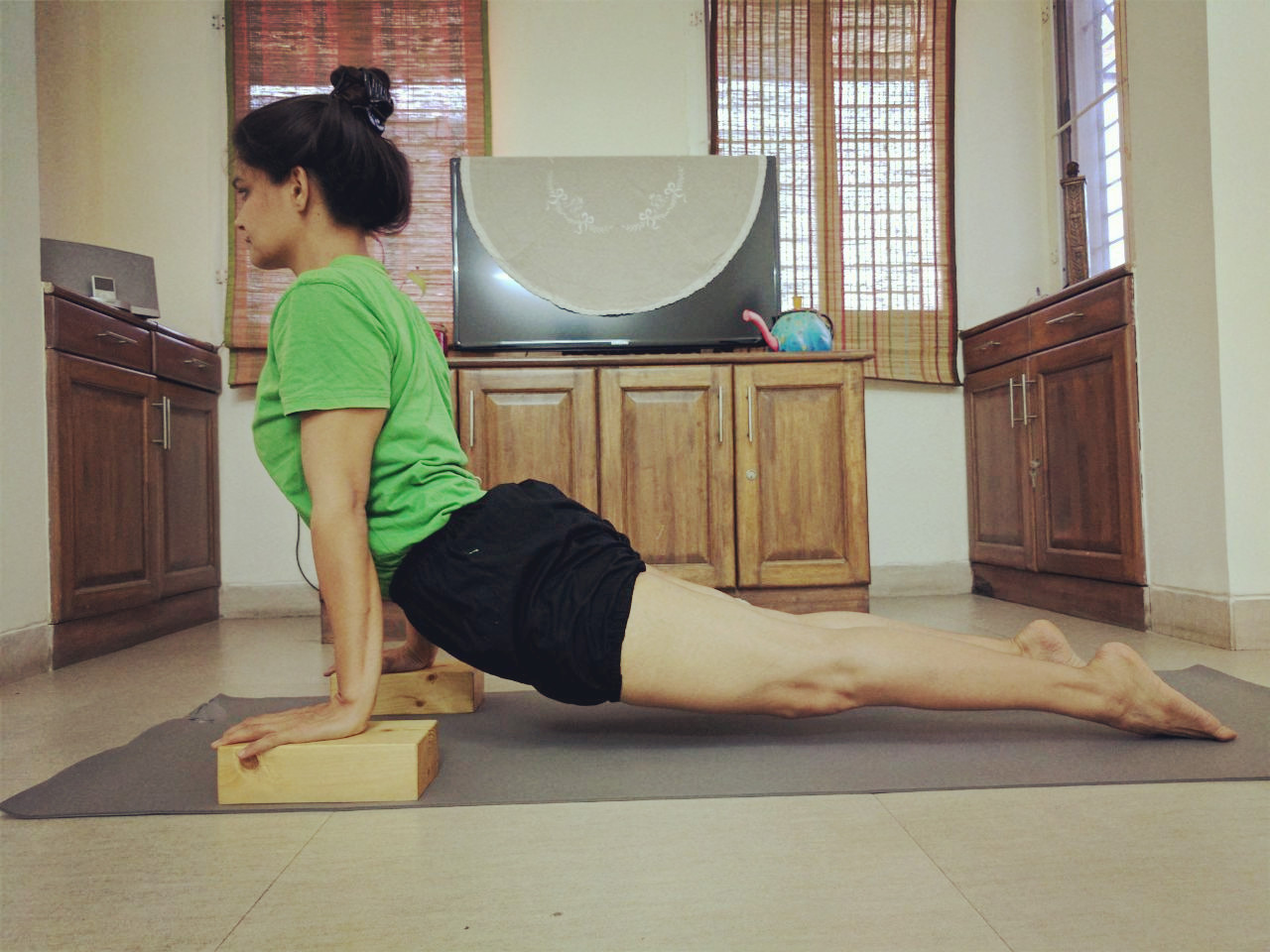 As we are settled in our positions with bolsters and blankets, Devki talks us through what we are doing and the importance of it. In yesterday’s class she said something relevant to what I wrote about in my previous blog. I received a comment on that blog about the relationship of backbends to emotions. (Incidentally, backbends are also invigorating and energizing. I missed practicing them today and I’m yawning despite the cup of coffee that I’ve fixed for myself. On the bright side, not in tears or any other depressing mood.) She said that there are emotional granthis (knots) in our thoracic spine. The aim of asana and pranayama is to remove these granthis from our bodies. Whether these granthis are in the brain or in the heart, we need to eliminate them to move forward in our yogic journeys. These granthis are not just of memories accumulated in this lifetime, but memories of several lifetimes. There are many who believe that we inherit these memories from our parents and ancestors, and the practice of yoga digs deep to rid us of these blocks. Granthis are also called samskaras.)
As we are settled in our positions with bolsters and blankets, Devki talks us through what we are doing and the importance of it. In yesterday’s class she said something relevant to what I wrote about in my previous blog. I received a comment on that blog about the relationship of backbends to emotions. (Incidentally, backbends are also invigorating and energizing. I missed practicing them today and I’m yawning despite the cup of coffee that I’ve fixed for myself. On the bright side, not in tears or any other depressing mood.) She said that there are emotional granthis (knots) in our thoracic spine. The aim of asana and pranayama is to remove these granthis from our bodies. Whether these granthis are in the brain or in the heart, we need to eliminate them to move forward in our yogic journeys. These granthis are not just of memories accumulated in this lifetime, but memories of several lifetimes. There are many who believe that we inherit these memories from our parents and ancestors, and the practice of yoga digs deep to rid us of these blocks. Granthis are also called samskaras.)
When we practice backbends, it is these granthis that we are confronting. By opening up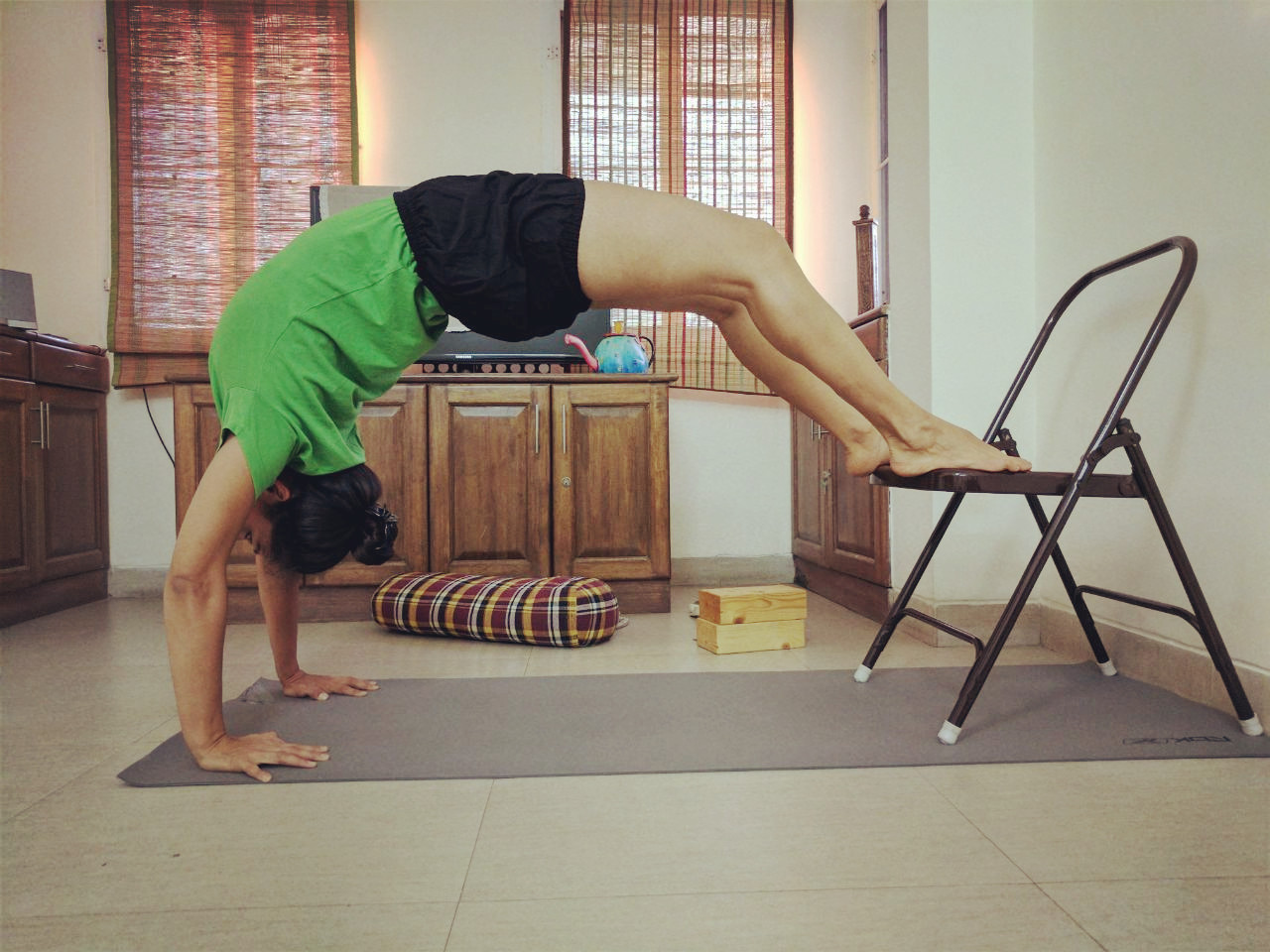 the chest, we allow a metaphorical ‘airing out’ of stale and painful emotions. Everything that happens to us results in shaping our world view and behaviour. Sometimes what happens to us is painful and unfair. Unfortunately, these events make an imprint in our minds and effect our behaviour. We sometimes never let go of painful memories and they fester in our subconscious brain and almost always result in psychosomatic pain.
the chest, we allow a metaphorical ‘airing out’ of stale and painful emotions. Everything that happens to us results in shaping our world view and behaviour. Sometimes what happens to us is painful and unfair. Unfortunately, these events make an imprint in our minds and effect our behaviour. We sometimes never let go of painful memories and they fester in our subconscious brain and almost always result in psychosomatic pain.
In the study of yoga, backbends come after a certain level of proficiency and practice. I feel this is for two reasons. The first reason is that our body has to have a certain level of strength and flexibility before we can start more challenging body work. The other reason is that we need a certain amount of mental clarity and maturity to deal with the emotions that will surface.
‘Bending backward’ also means going out of your way to accommodate a person or a situation. It implies putting yourself on the backburner. If you analyse the quality of your backbends, it might give you insight into how much you allow others to influence your life, or how assertive/aggressive you are about yourself and your opinions.
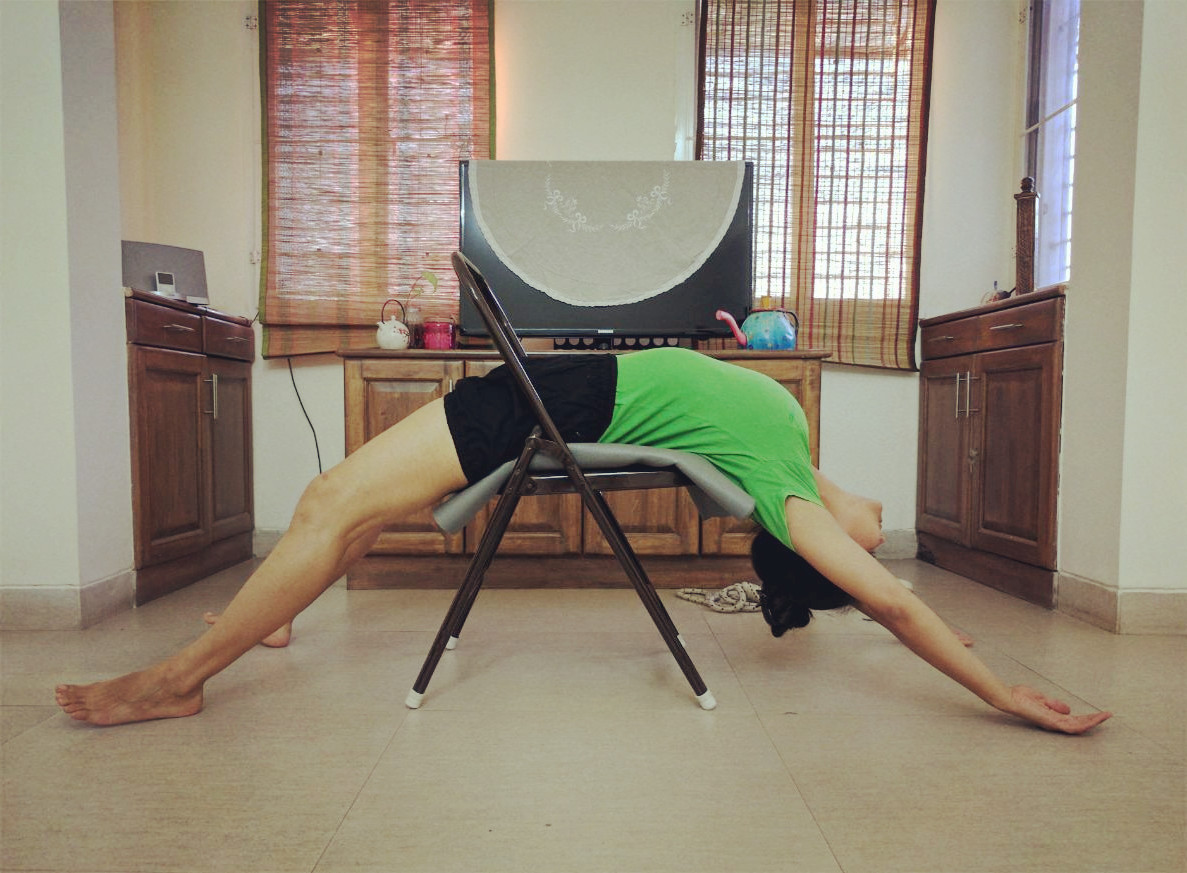
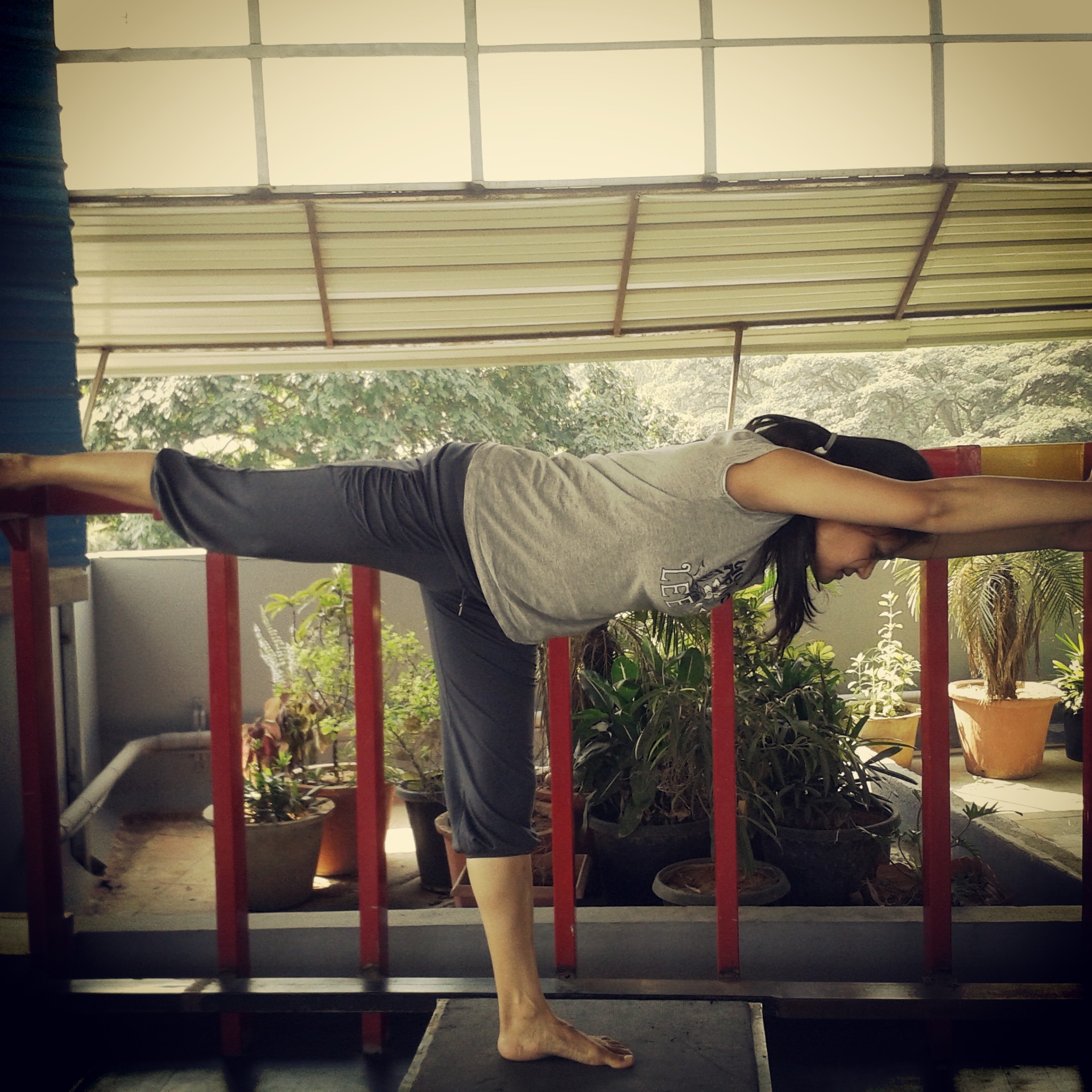
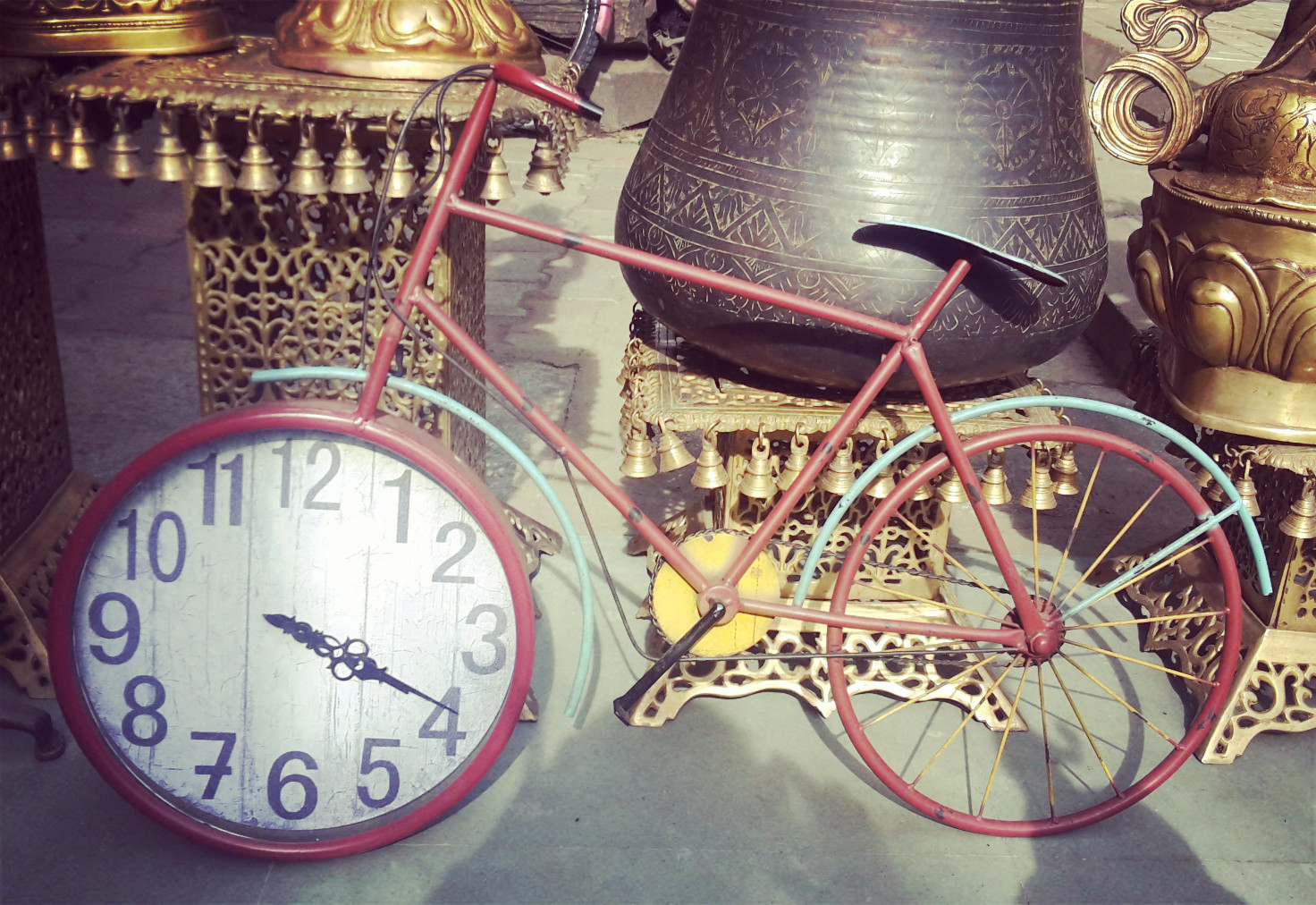
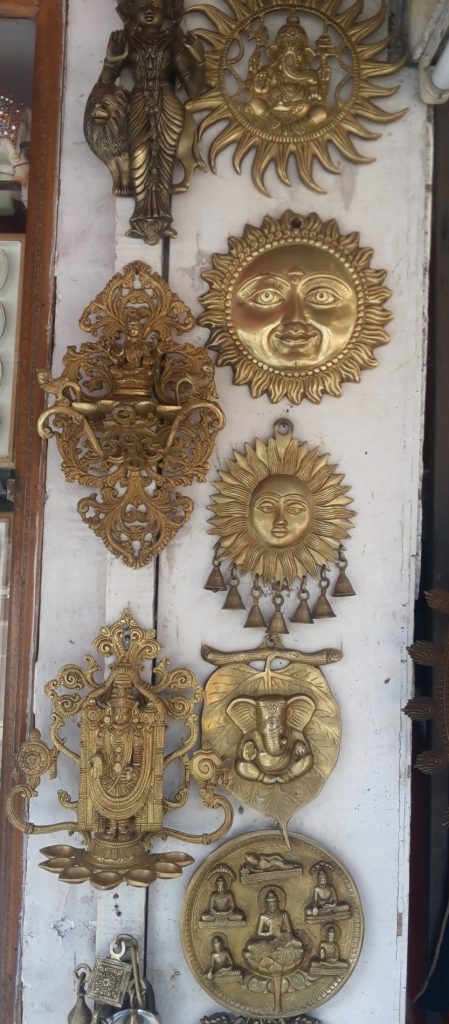 I’m staying at the same place I stayed in last time. For some reason, ever since I got here, I’ve been unable to get a restful sleep. When you spend a lot of time upside down during the day, you just feel like crawling into bed. There have been times when I felt like I should sleep during the day, but strangely, I wouldn’t be able to! Then one day while walking home after a super long self-practice session, I realized what was happening. The backbends that I have been practicing daily are the culprits. I’ve observed that whenever I practice backbends, I am an emotional wreck for a while. It’s not something that I can distract myself from with inane stuff on Netflix. It’s a bit more serious. And it happens to a lot of other people as well. When you bend backward, your emotional centre is exposed and open. Sometimes this causes the flood gates to open. You remember insignificant things and start to feel bad about them. Or events that you thought you’d already dealt with come to the fore and you realise that things aren’t ok. It’s a barrage of emotion that erupt and possess you and bring you to tears. But if it’s an emotional detox, then it’s probably good to get this stuff out of your system to clean up your space. So despite the fact that I absolutely dread backbends, I keep pushing through. I figure that once I’m done purging all this emotion I’ll be able to sleep better. At least I hope so. Time will tell.
I’m staying at the same place I stayed in last time. For some reason, ever since I got here, I’ve been unable to get a restful sleep. When you spend a lot of time upside down during the day, you just feel like crawling into bed. There have been times when I felt like I should sleep during the day, but strangely, I wouldn’t be able to! Then one day while walking home after a super long self-practice session, I realized what was happening. The backbends that I have been practicing daily are the culprits. I’ve observed that whenever I practice backbends, I am an emotional wreck for a while. It’s not something that I can distract myself from with inane stuff on Netflix. It’s a bit more serious. And it happens to a lot of other people as well. When you bend backward, your emotional centre is exposed and open. Sometimes this causes the flood gates to open. You remember insignificant things and start to feel bad about them. Or events that you thought you’d already dealt with come to the fore and you realise that things aren’t ok. It’s a barrage of emotion that erupt and possess you and bring you to tears. But if it’s an emotional detox, then it’s probably good to get this stuff out of your system to clean up your space. So despite the fact that I absolutely dread backbends, I keep pushing through. I figure that once I’m done purging all this emotion I’ll be able to sleep better. At least I hope so. Time will tell.

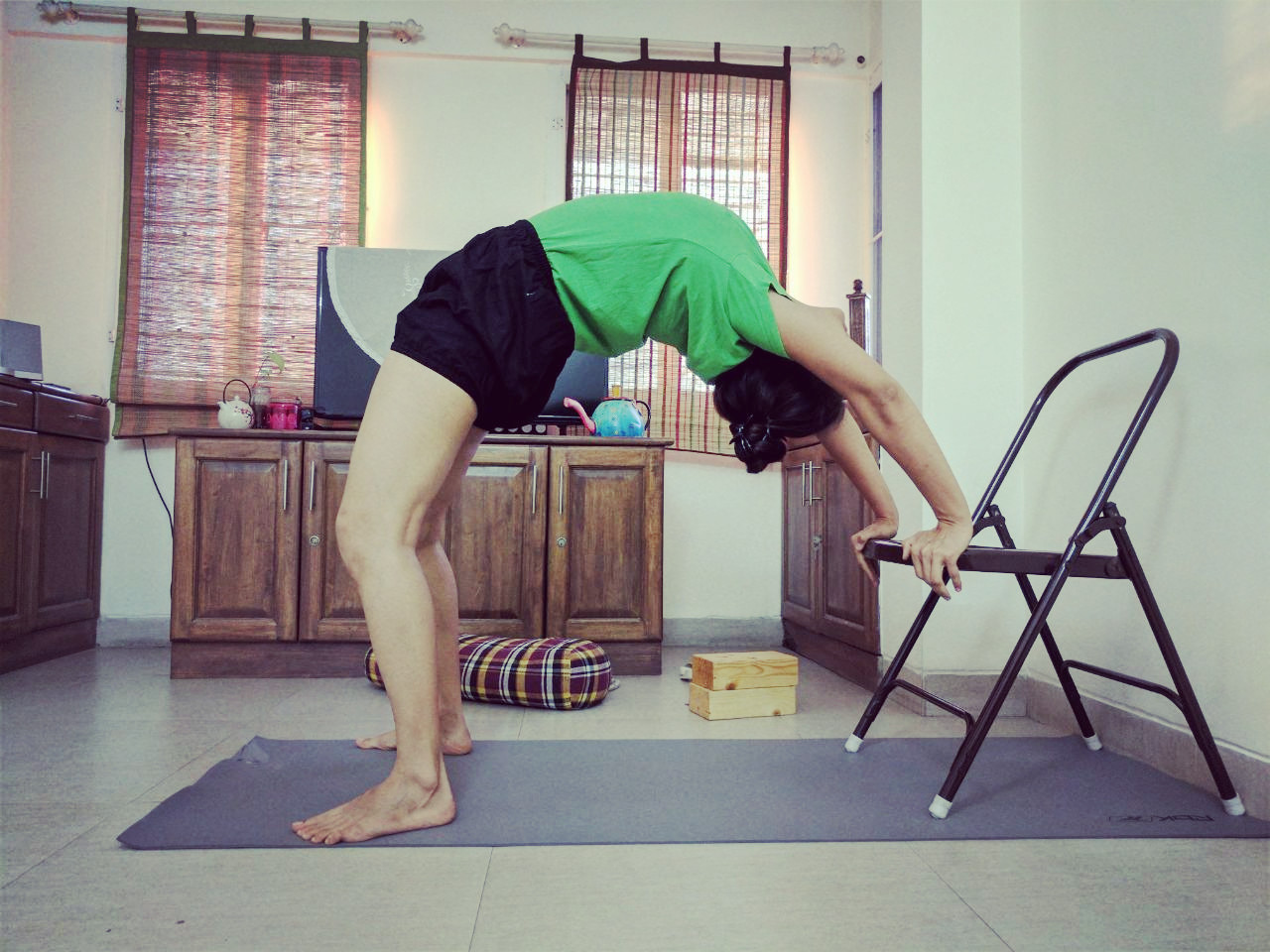
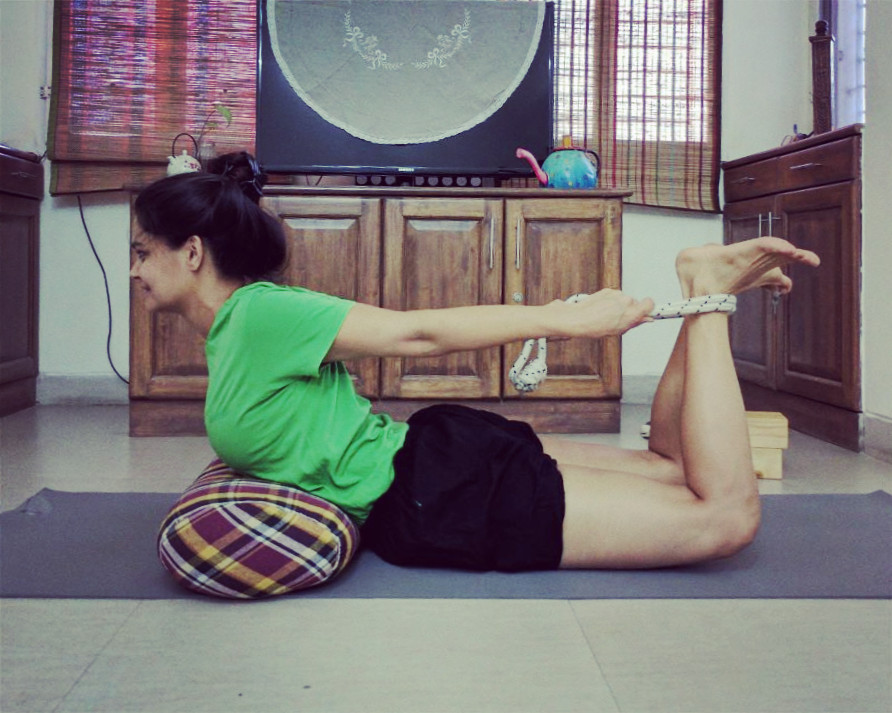

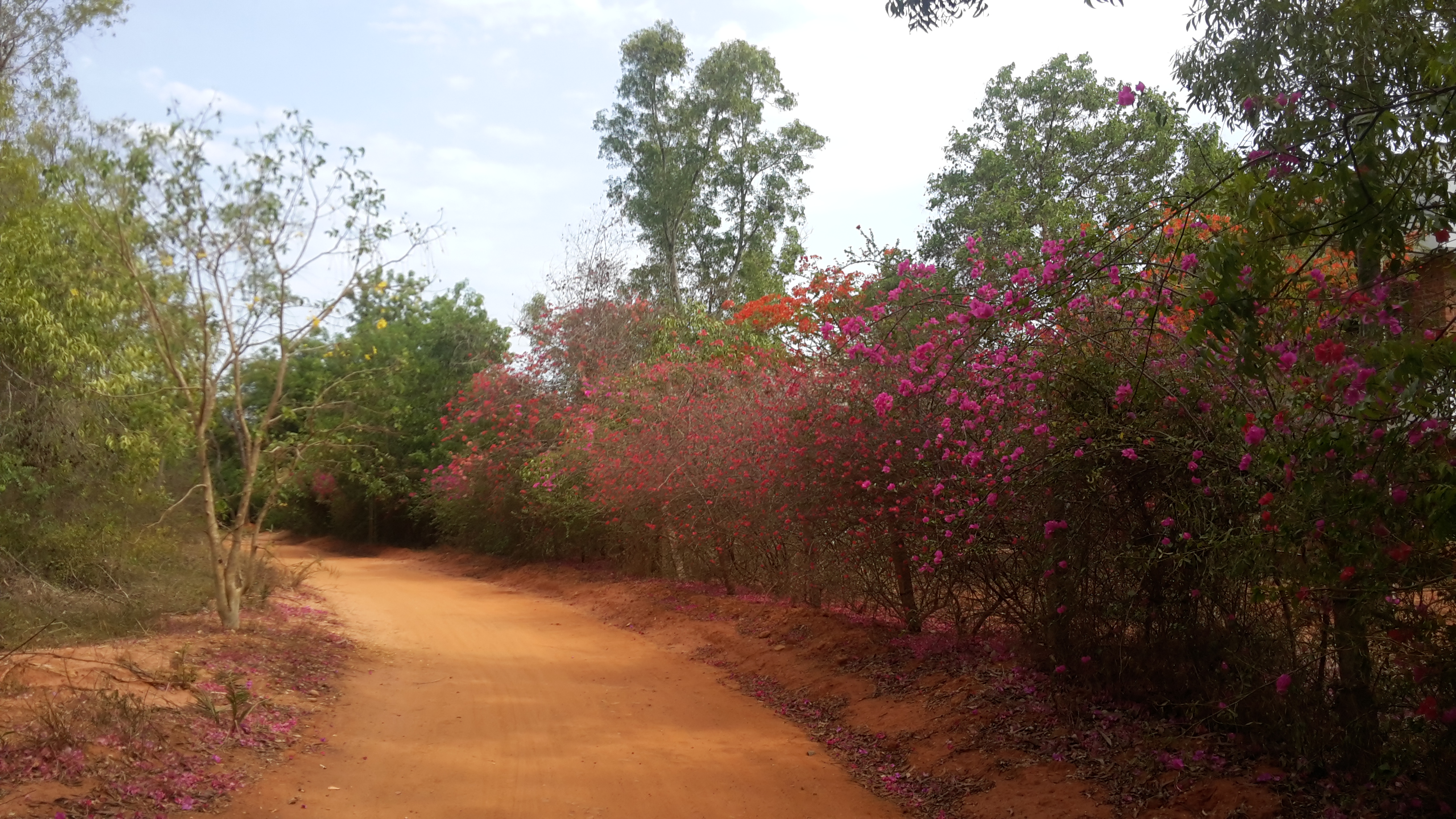

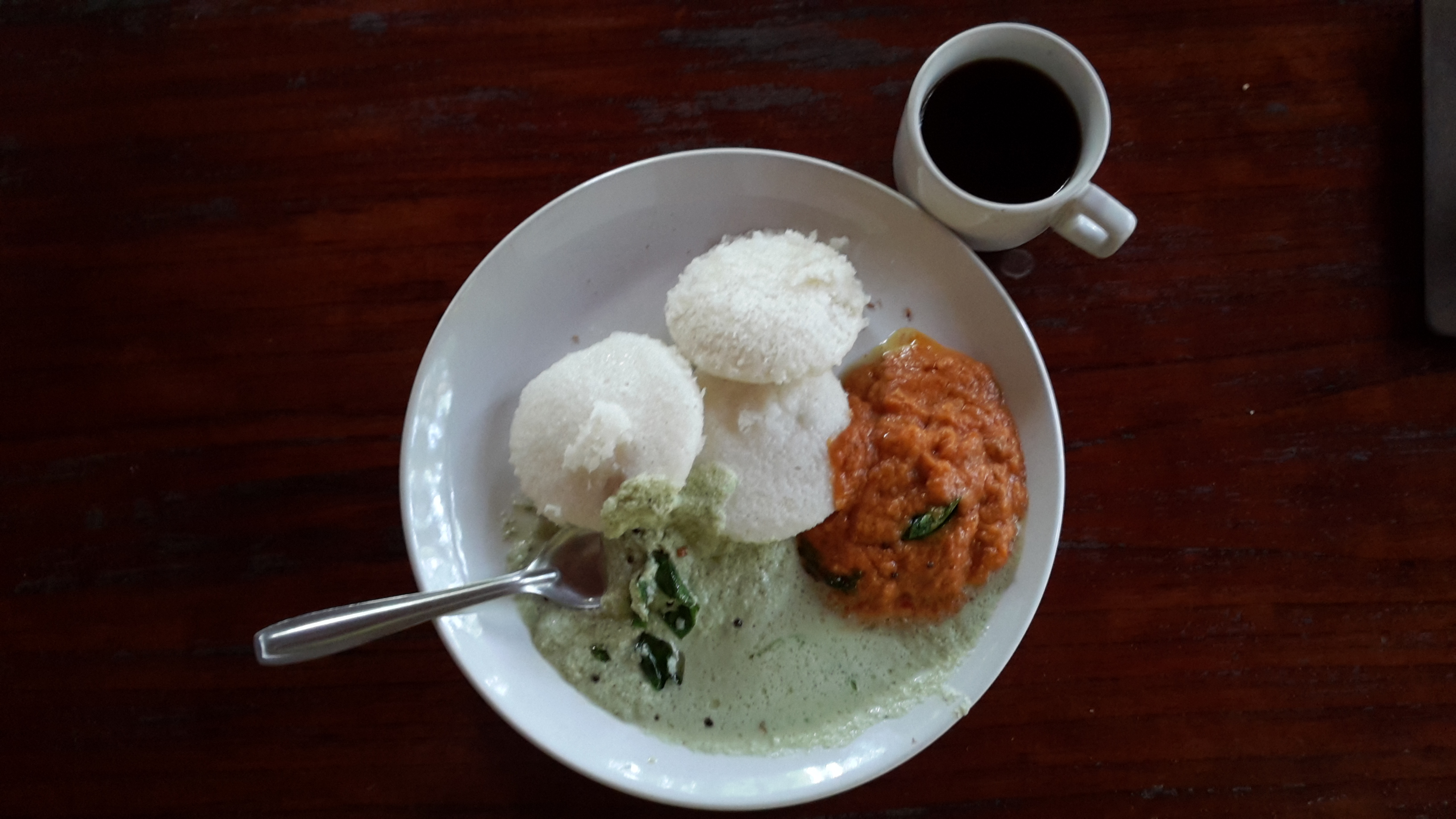
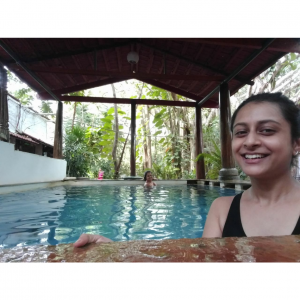 Our days in Auroville were filled with cycling to the beach, eating at Bread and Chocolate (highly recommended) and lots and of pool time. We submerged ourselves in the pool every chance we got. I particularly loved the Krishna statue perched on one side of the pool. After seeing my pictures of the guest house a lot of people have asked me about it.
Our days in Auroville were filled with cycling to the beach, eating at Bread and Chocolate (highly recommended) and lots and of pool time. We submerged ourselves in the pool every chance we got. I particularly loved the Krishna statue perched on one side of the pool. After seeing my pictures of the guest house a lot of people have asked me about it. 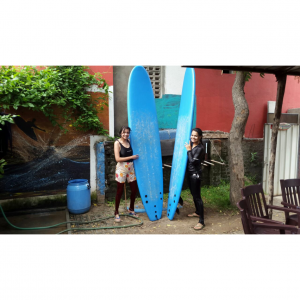 everyone enjoying the sun and waves and thought…one day. Little did I know that the day would come so soon. If you’re in Auroville I highly recommend going to the
everyone enjoying the sun and waves and thought…one day. Little did I know that the day would come so soon. If you’re in Auroville I highly recommend going to the 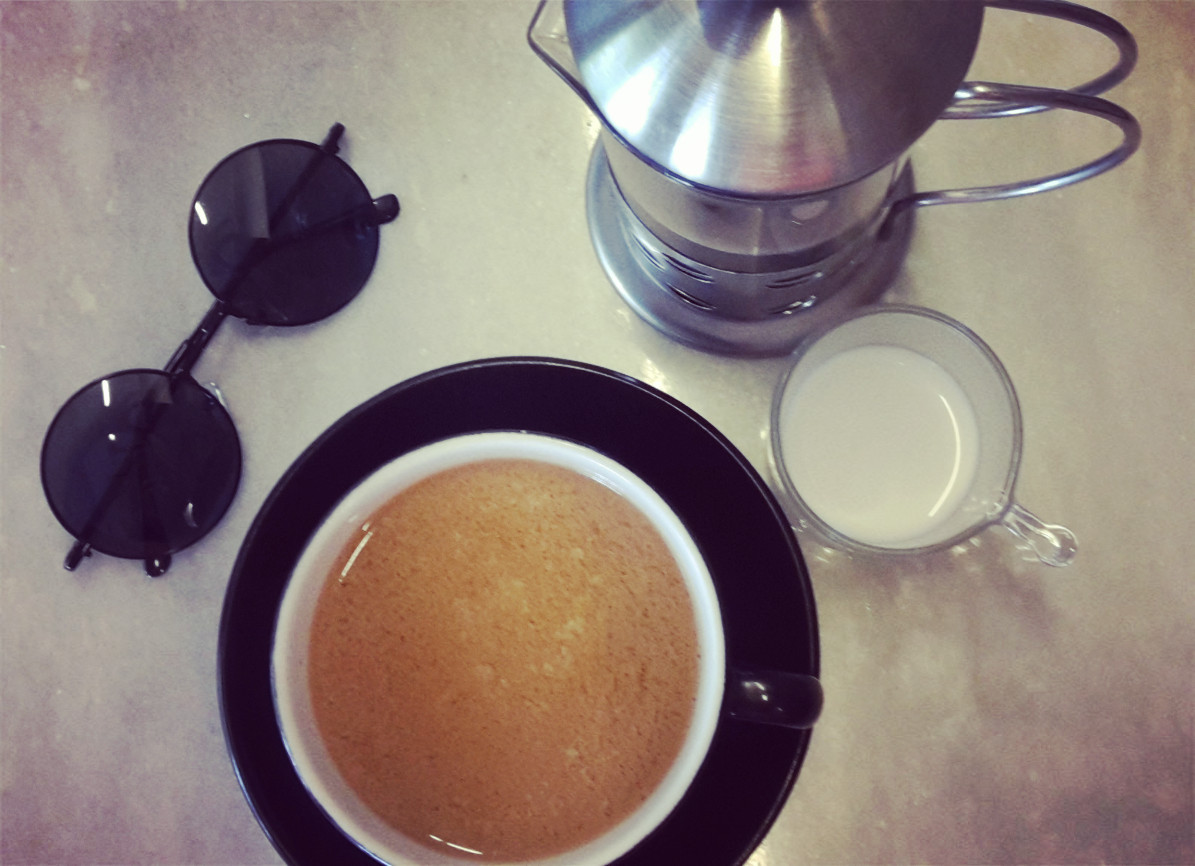
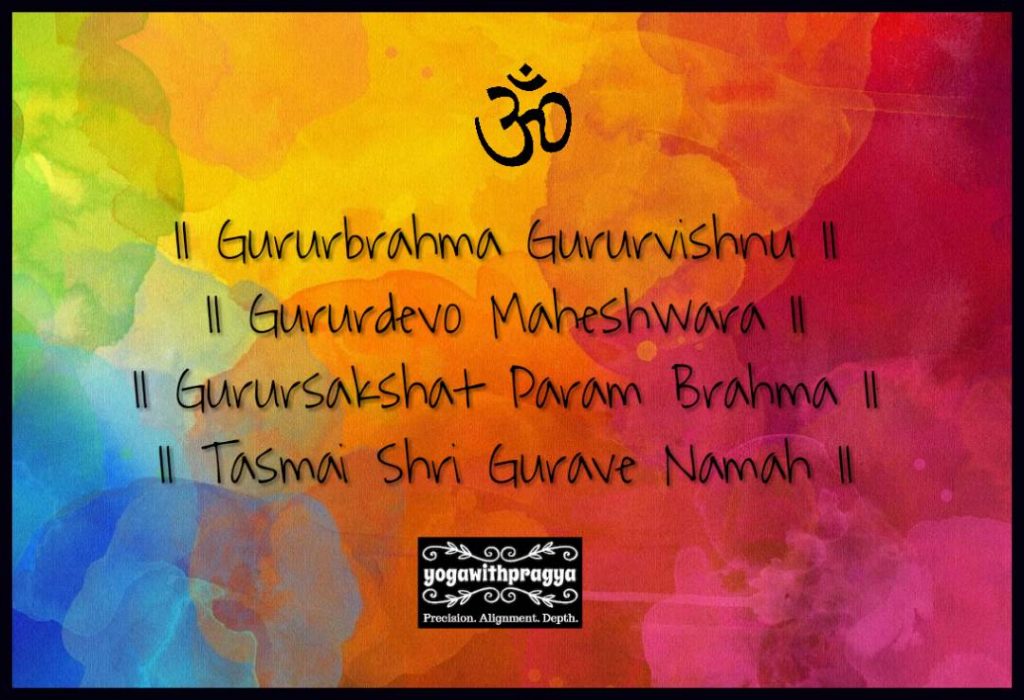
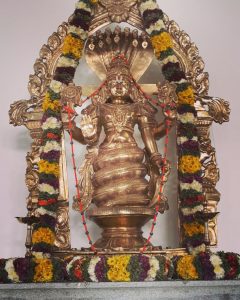 ns!
ns!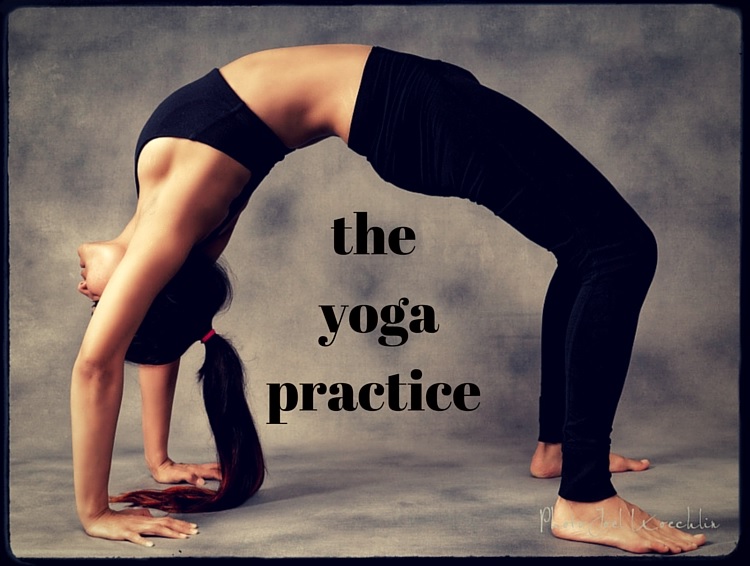
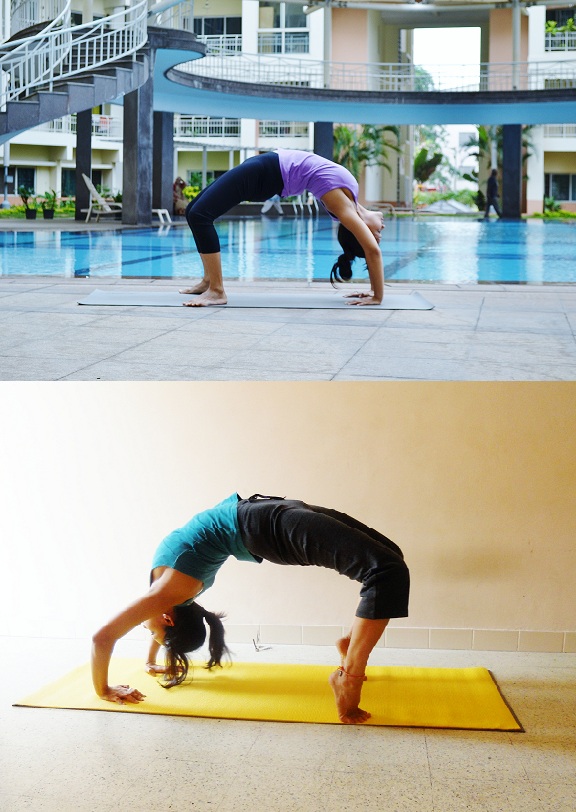
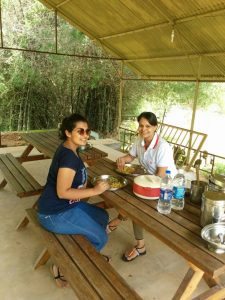 time and geography. There are many who express an interest in my classes, but are unable to travel from, say, Bannerghatta Road. Just making YouTube videos, or creating a generic module wouldn’t work. Live interaction is essential when it comes to movement-based practices.
time and geography. There are many who express an interest in my classes, but are unable to travel from, say, Bannerghatta Road. Just making YouTube videos, or creating a generic module wouldn’t work. Live interaction is essential when it comes to movement-based practices.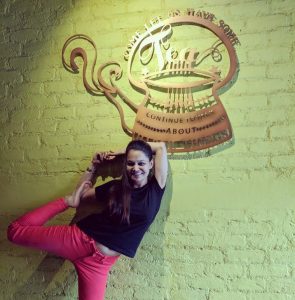 on’t have access to a good teacher, or has time constraints, then you might want to take a look at this module. It’s helped many people steadily improve their health and increase their wellness quotient. Leave us a query on the blog with any questions you have.
on’t have access to a good teacher, or has time constraints, then you might want to take a look at this module. It’s helped many people steadily improve their health and increase their wellness quotient. Leave us a query on the blog with any questions you have.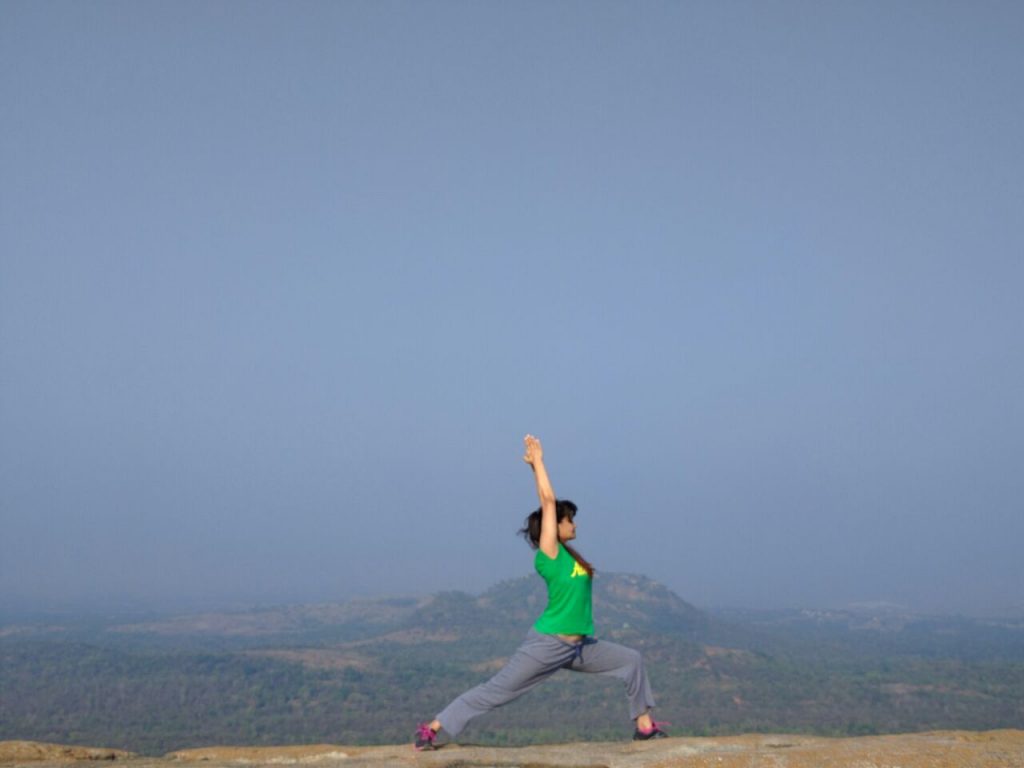
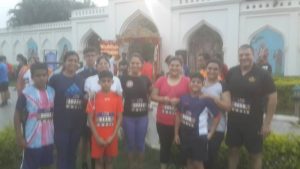


 A few days ago I mentioned in one of my updates that you may eat the best food that you can possibly find, but if your body doesn’t assimilate all the nutrients then eating healthy food is an exercise in futility. To the right are 6 poses which are beneficial in stimulating and massaging the digestive system and maintaining its good health. However, remember, as always, that yoga poses can’t be practiced in isolation. For the practice of yoga to work for you, you must incorporate these asanas in a regular yoga practice.
A few days ago I mentioned in one of my updates that you may eat the best food that you can possibly find, but if your body doesn’t assimilate all the nutrients then eating healthy food is an exercise in futility. To the right are 6 poses which are beneficial in stimulating and massaging the digestive system and maintaining its good health. However, remember, as always, that yoga poses can’t be practiced in isolation. For the practice of yoga to work for you, you must incorporate these asanas in a regular yoga practice.